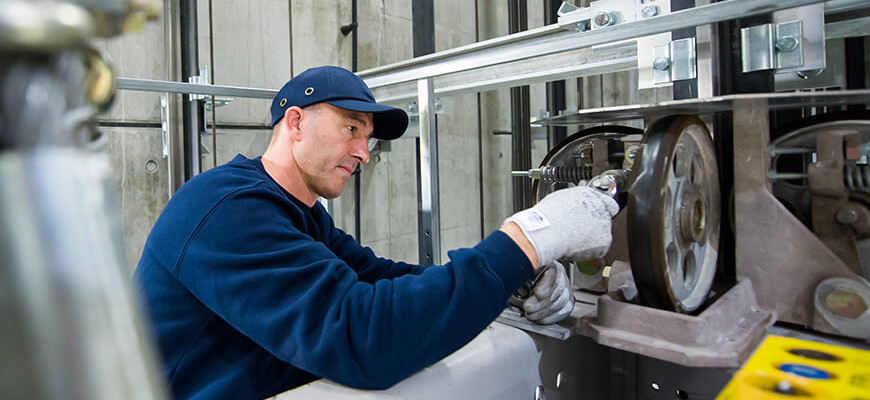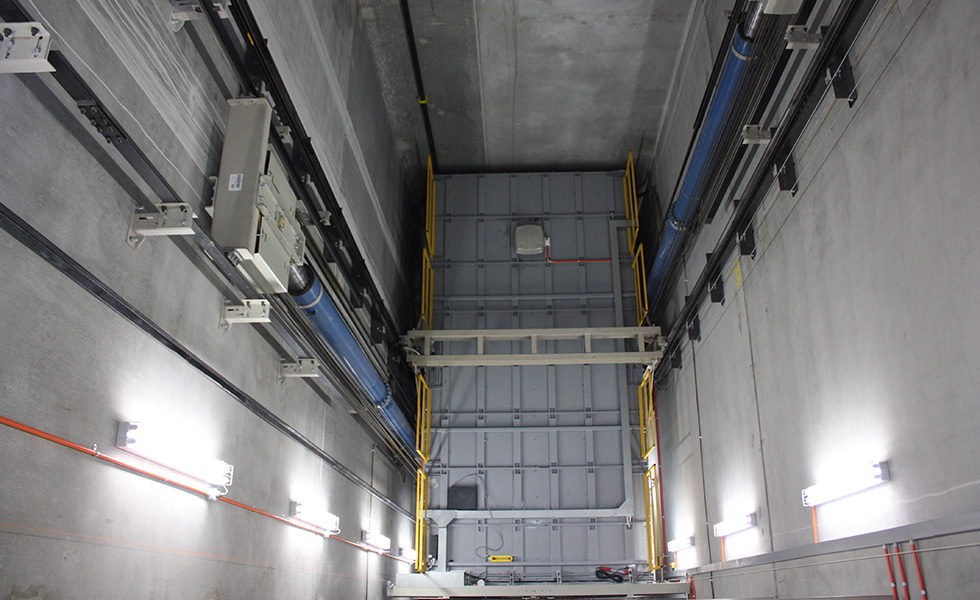Crucial Overview to Comprehending Impaired Platform Lifts and Their Capability
Recognizing the ins and outs of handicapped system lifts surpasses simple understanding; it needs a thorough grasp of their functionality and layout. From the numerous kinds readily available to the vital elements that make them operational, each facet contributes to the smooth operation of these necessary ease of access devices. Furthermore, the rigorous safety guidelines and maintenance factors to consider associated with system lifts are vital in ensuring their reliability and long life. By exploring these aspects carefully, one can gain a profound understanding of exactly how these lifts not just boost availability yet also prioritize individual security and ease.
Sorts Of Impaired Platform Lifts
There are several types of disabled platform raises designed to provide ease of access for people with flexibility difficulties. Vertical platform lifts are a preferred choice as they move directly and down, making them perfect for shorter ranges and where room is restricted. These lifts are commonly set up in homes, schools, and business buildings to assist mobility device users in navigating different degrees. Inclined system lifts, on the various other hand, appropriate for places where a vertical lift might not be possible due to building restrictions. These lifts adhere to the incline of staircases, giving a smooth and risk-free experience for people with flexibility issues.
Another kind of handicapped system lift is the portable lift, which provides adaptability and convenience. Each type of disabled platform lift serves a special purpose in improving access and enhancing the top quality of life for individuals with wheelchair challenges.
Key Components and Devices
Impaired platform lifts, such as vertical and inclined lifts, count on specific vital elements and devices to guarantee smooth and safe transportation for people with mobility difficulties. One important component of these lifts is the system itself, which functions as the structure for transferring people - lift modernization. The platform is designed to be tough, large sufficient to suit mobility devices or wheelchair gadgets, and geared up with security features such as guardrails and non-slip surface areas to avoid crashes throughout transit

Furthermore, safety and security sensing units and emergency situation stop switches are incorporated right into handicapped system lifts to improve customer safety and security and prevent crashes. These parts collaborate to develop a trusted and effective transport remedy for individuals with flexibility problems.
Installation and Maintenance Considerations

Routine upkeep is equally vital to maintain disabled system lifts running efficiently. Arranged evaluations, lubrication of relocating parts, and screening of safety features need to be brought out according to the manufacturer's suggested schedule. Any type of signs of damage should be dealt with promptly to protect against additional damages and ensure the lift operates reliably. Furthermore, having a maintenance log to track solution history and treatments can help in identifying patterns and prospective concerns before they rise. By prioritizing appropriate setup and diligent upkeep practices, the durability and efficiency of disabled system lifts can be made the most of, benefiting both customers and facility managers.
Safety Attributes and Regulations
Ensuring conformity with security guidelines is extremely important when reviewing the effectiveness of safety and security functions in handicapped system lifts. Safety features frequently located in disabled platform lifts include emergency situation stop buttons, safety obstacles, interlocks, read what he said and under-platform sensors. Interlocks make sure that the lift doors are firmly closed prior to the lift runs, improving customer safety.
Benefits of Utilizing System Lifts
Compliance with safety policies and the implementation of important security functions in her response handicapped system lifts contribute to the overall benefits of using these lifts for people with specials needs. Past safety and security, platform lifts provide an array of benefits that enhance availability and benefit. Overall, the ease, self-reliance, and inclusivity promoted by system lifts substantially enhance the top quality of life for individuals with handicaps, making them an indispensable availability service.

Verdict
In conclusion, impaired system lifts come in numerous types with essential components and systems that allow for secure and efficient operation. The benefits of using system lifts include increased ease of access and self-reliance for people with impairments.